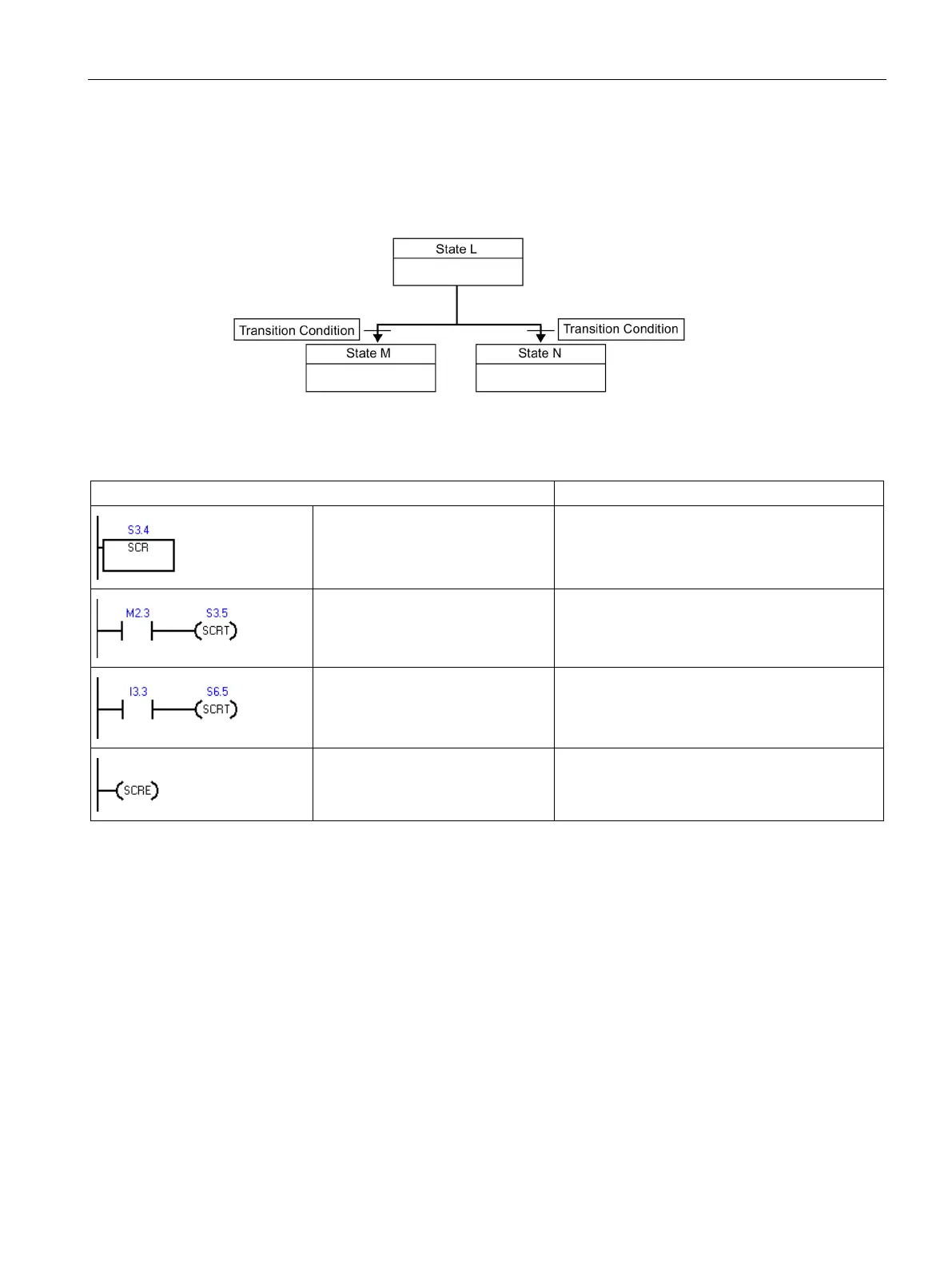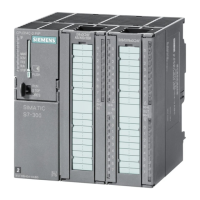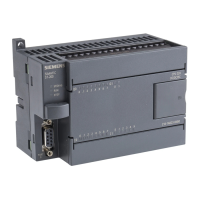Program instructions
7.13 Program control
S7-200 SMART
System Manual, 09/2015, A5E03822230-AC
311
Divergence of a control stream, depending on transition conditions
In other situations, a control stream might be directed into one of several possible control
streams, depending upon which transition condition becomes true first.
Example: SCR divergent flow control, depending of transition conditions
Beginning of state L control region
LSCR S3.4
Transition to state M
LD M2.3
SCRT S3.5
Transition to state N
LD I3.3
SCRT S6.5
End of SCR region for state L
SCRE

